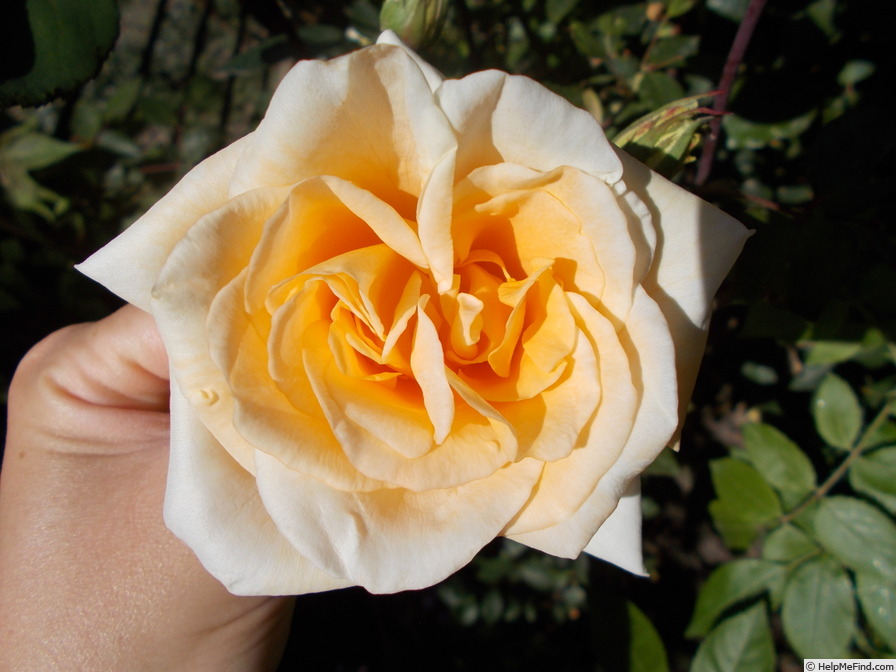|
|
'Lady Hillingdon' rose Description

Photo courtesy of matroskin
HMF Ratings:
75 favorite votes.
Average rating:
EXCELLENT-.
ARS:
Yellow blend Tea.
Registration name: Lady Hillingdon (Tea, Lowe & Shawyer, 1910)
Exhibition name: Lady Hillingdon
Bloom:
Apricot. Flowers deep apricot-yellow. Strong, tea fragrance. Large, semi-double (9-16 petals), borne mostly solitary, cluster-flowered, in small clusters bloom form. Blooms in flushes throughout the season. Long, pointed buds.
Habit:
Short, bushy, upright, well-branched. Bronze-green foliage.
Height: 2' to 3' (60 to 90cm).
Growing:
USDA zone 6a through 10b. Can be used for beds and borders, cut flower or garden. Disease susceptibility: disease resistant. Requires spring freeze protection (see glossary - Spring freeze protection) . Prune dead wood. Prune lightly or not at all.
Patents:
Patent status unknown (to HelpMeFind).
Notes:
Parentage is reversed in the April 8, 1911 reference.
According to a 1952 reference 'Lady Hillingdon' could be confused with 'Souvenir de Mme Boulet' and 'Souvenir de François Graindorge'. Distinction: LH is mostly found in threes, its flower stalk is without prickles, its sepals have appendages; SdMB is solitary, armed with prickles, flower stalk is silky (sericeous), its sepals are glandular, but rarely have appendages; finally, SdFG is also solitary, with darker green foliage, no silkiness on the flower stalk visible except by touching, the first internode is always without prickles.
'Lady Hillingdon' ex Guillot is tetraploid - see Reference of 2002.
|